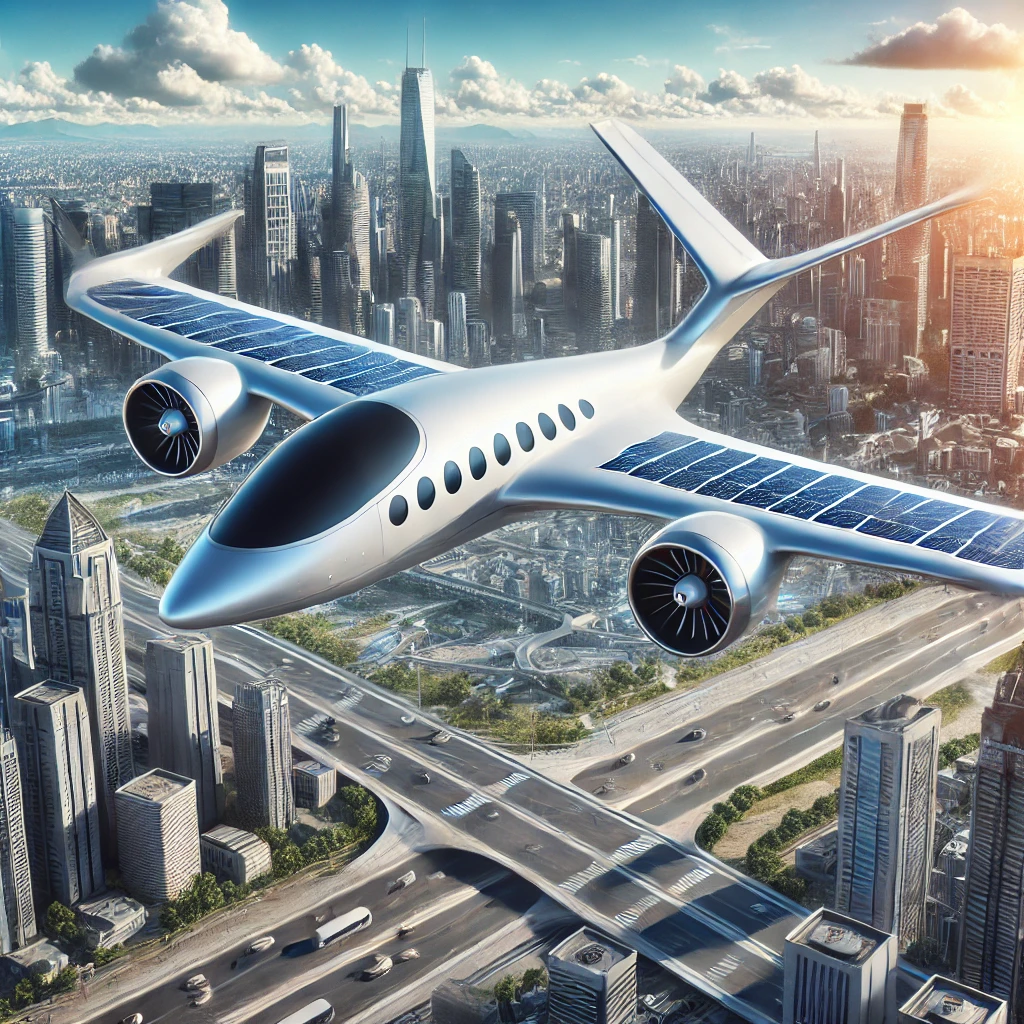Are electric aircraft possible?
Article Source: Are Electric Aircraft Possible?

Why you should care
Electric aircraft represent a groundbreaking innovation in aviation. As the world seeks to reduce carbon emissions and combat climate change, electric planes could significantly lower pollution levels in the aviation industry, which contributes about 2-3% of global CO2 emissions. Understanding electric aircraft's potential helps us envision a cleaner, more sustainable future for air travel.
Answering the question… Are electric aircraft possible?
Electric aircraft use batteries or hybrid systems to fly, promising reduced fuel costs and emissions. Current technologies show that electric planes could operate on short routes, potentially covering distances of up to 500 miles. As battery technology improves, longer flights may become feasible. For example, a significant reduction in weight from advanced batteries could improve flight efficiency by 30%.
How was the study done?
Researchers conducted a thorough analysis of existing electric aircraft designs and battery technologies. They reviewed scientific literature, examined case studies, and assessed the current capabilities of electric propulsion systems. By comparing various models, they identified challenges and potential solutions for making electric aircraft a reality.
What was discovered?
- Battery Capacity: Current lithium-ion batteries can store about 250 Wh/kg, with ongoing research aiming to double this capacity to 500 Wh/kg within the next decade, enhancing flight ranges and performance.
- Flight Range: The initial electric aircraft models can fly approximately 250 miles on a single charge. Future designs are projected to reach ranges of over 1,000 miles as battery technology advances.
- Cost Savings: Transitioning to electric aircraft could reduce operational costs by as much as 70% compared to traditional jet fuel, potentially saving airlines $1.2 million per year for a single aircraft.
- Environmental Impact: Switching to electric aviation could decrease CO2 emissions by 500 million tons annually by 2050, contributing significantly to global climate change goals.
- Market Growth: The electric aviation market is expected to soar from $1 billion in 2020 to an estimated $25 billion by 2040, driven by increasing demand for sustainable air travel.
- Noise Reduction: Electric aircraft are also quieter, potentially reducing noise pollution by 50% compared to conventional planes, which benefits communities near airports.
- Safety Improvements: With fewer moving parts and lower maintenance needs, electric aircraft could lead to a 20% decrease in accidents caused by mechanical failures.
Why does it matter?
The discoveries in electric aircraft technology could revolutionize air travel, making it more sustainable and accessible. As global air travel continues to expand, electric aircraft can help mitigate the environmental impact, contributing to cleaner skies and a healthier planet. Advancements in this field could reshape not only aviation but also influence transportation practices worldwide.
For more details, check out the article here.
